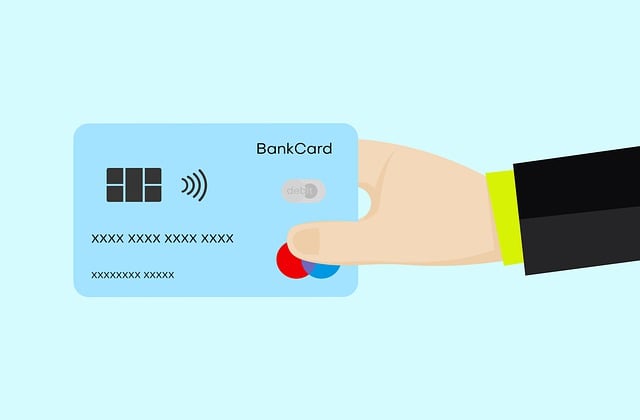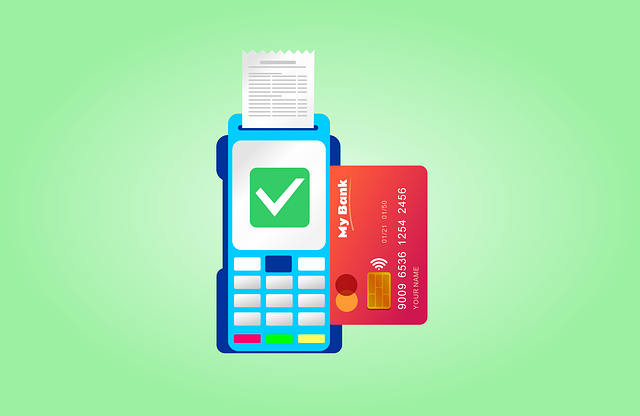The debt utilization ratio is a key metric for real estate investors, measuring their debt-to-credit balance. Maintaining a low ratio (e.g., 40%) indicates financial stability, crucial for navigating the dynamic market and accessing capital for unexpected expenses or opportunities. Strategies to reduce this ratio include budgeting, automating bill payments, prioritizing high-interest debts, and regular review of financial goals. A low debt utilization ratio provides long-term advantages like better loan terms, increased investment flexibility, and potential for diversifying portfolios and wealth creation in the real estate market.
In the dynamic landscape of real estate investing, managing debt effectively is a cornerstone of financial health. This article delves into the concept of the debt utilization ratio—a crucial metric revealing how much debt you use in relation to your total credit. We explore strategies to reduce and maintain low ratios, highlighting long-term benefits for real estate investors. By understanding and optimizing this ratio, you can fortify your investment portfolio and secure a sustainable future in the competitive world of real estate.
Understanding Debt Utilization Ratio: The Key to Financial Health in Real Estate

Debt utilization ratio is a crucial metric that measures the extent to which an individual or property owner relies on debt financing. In the context of real estate, it’s an essential indicator of financial health and stability. This ratio represents the total amount of debt owed relative to the available credit, typically expressed as a percentage. For instance, if you have a mortgage of $200,000 on a property valued at $500,000, your debt utilization ratio would be 40%, which is considered healthy.
Maintaining a low debt utilization ratio in real estate is key to preserving financial flexibility and access to capital. It demonstrates to lenders and investors that you can manage debt responsibly, leaving room for unexpected expenses or future opportunities. In the dynamic world of real estate, where market conditions can shift rapidly, keeping this ratio in check ensures you’re better positioned to navigate changes, capitalize on investments, or weather economic downturns.
Strategies to Reduce and Maintain Low Debt Utilization Ratio

Reducing and maintaining a low debt utilization ratio is essential for financial health, especially in the competitive real estate market. One effective strategy is creating a budget that tracks income and expenses meticulously. This allows individuals to identify areas where they can cut back on discretionary spending and allocate more funds towards debt repayment. Automating bill payments can also help ensure timely payments, reducing the risk of late fees and negatively impacting credit scores.
Additionally, prioritizing high-interest debts is crucial. By focusing on paying off debts with the highest interest rates first, individuals can save money in the long run. Considering debt consolidation or refinancing options, particularly for mortgages, can further enhance savings by securing lower interest rates. Regularly reviewing financial goals and adjusting budgets accordingly ensures sustained progress in reducing debt utilization ratios, ultimately strengthening one’s position in the real estate market.
Long-Term Benefits of a Healthy Debt Utilization Ratio in Real Estate Investing

Maintaining a low debt utilization ratio is a strategic move for real estate investors, offering significant long-term advantages. When an investor’s debt levels are well-managed, it translates to more financial flexibility and stability. This is particularly beneficial in the volatile real estate market where opportunities and risks fluctuate. A healthy debt-to-income ratio allows investors to access more capital, enabling them to seize lucrative investment possibilities and diversify their portfolios.
By keeping debt utilization low, real estate investors can secure better loan terms, including lower interest rates. This cost savings can be redirected into further investments or used to bolster cash reserves, providing a financial cushion during market downturns. Moreover, a strong credit profile resulting from responsible debt management opens doors to more financing options, making it easier for investors to expand their real estate holdings and capitalize on long-term wealth creation opportunities.






